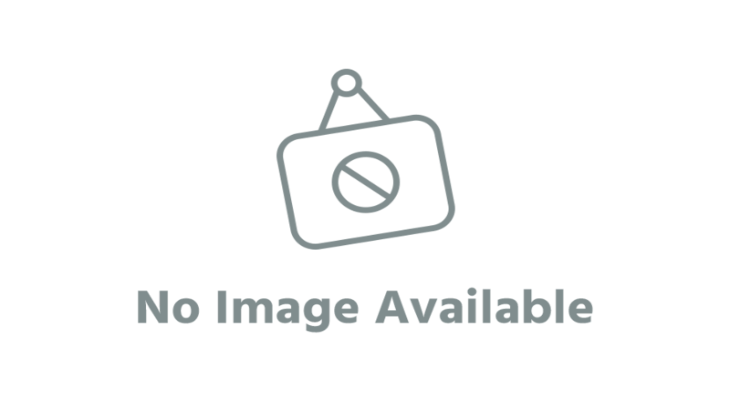
The Hanuman dhoka palace
September 17, Kathmandu."Hanuman Dhoka" is a complex of structures with the Royal Palace of the Malla kings and also of the Shah dynasty in the Durbar Square of central Kathmandu, Nepal. It is spread over five acres. The Hanuman Dhoka Palace (Hanuman Dhoka Darbar in Nepali) gets its name from the stone image of Hanuman, the Hindu monkey god, that sits near the main entryway. 'Dhoka' means door or gate in Nepali.all temple that are situated in a durbar square is the best example of newari architecture.
The eastern wing with ten courtyards is the oldest part dated to the mid 16th century. It was expanded by King Pratap Malla in the 17th century with many temples. Sundari Chok and Mohan Chok in the north part of the palace are both closed. In 1768, in the southeast part of the palace, four lookout towers were added by Prithvi Narayan Shah. The royal family lived in this palace till 1886, where after they shifted to Narayanhiti Palace. The stone inscription outside is in fifteen languages and legend states that if all the 15 are read milk would spring from the middle of stone tablet. after 25 april 2015 earthquake many temple have been totally destroyed in hanuman dhoka durbar area.
The "Hanuman Dhoka" proper, or Hanuman Gate, is located on the east side of Durbar Square. It is the entry gate to the palace, where a standing statue of Hanuman (monkey god), dated to 1672, guards the palace. Hanuman is decked with a red cloth and an umbrella. The face is smeared with a red paste. On the left is a stone sculpture dated to 1673 of Lord Narasimha (the half-man, half-lion incarnation of Lord Vishnu), devouring the demon Hiranyakashipu, which is credited to Pratap Malla period according to an inscription on the pedestal of the image.


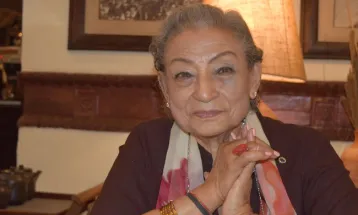
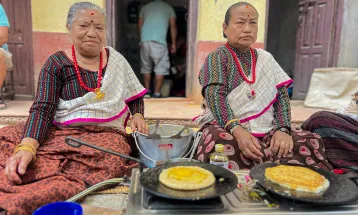
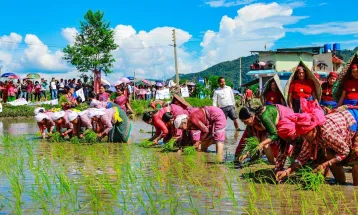
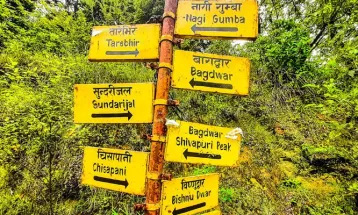


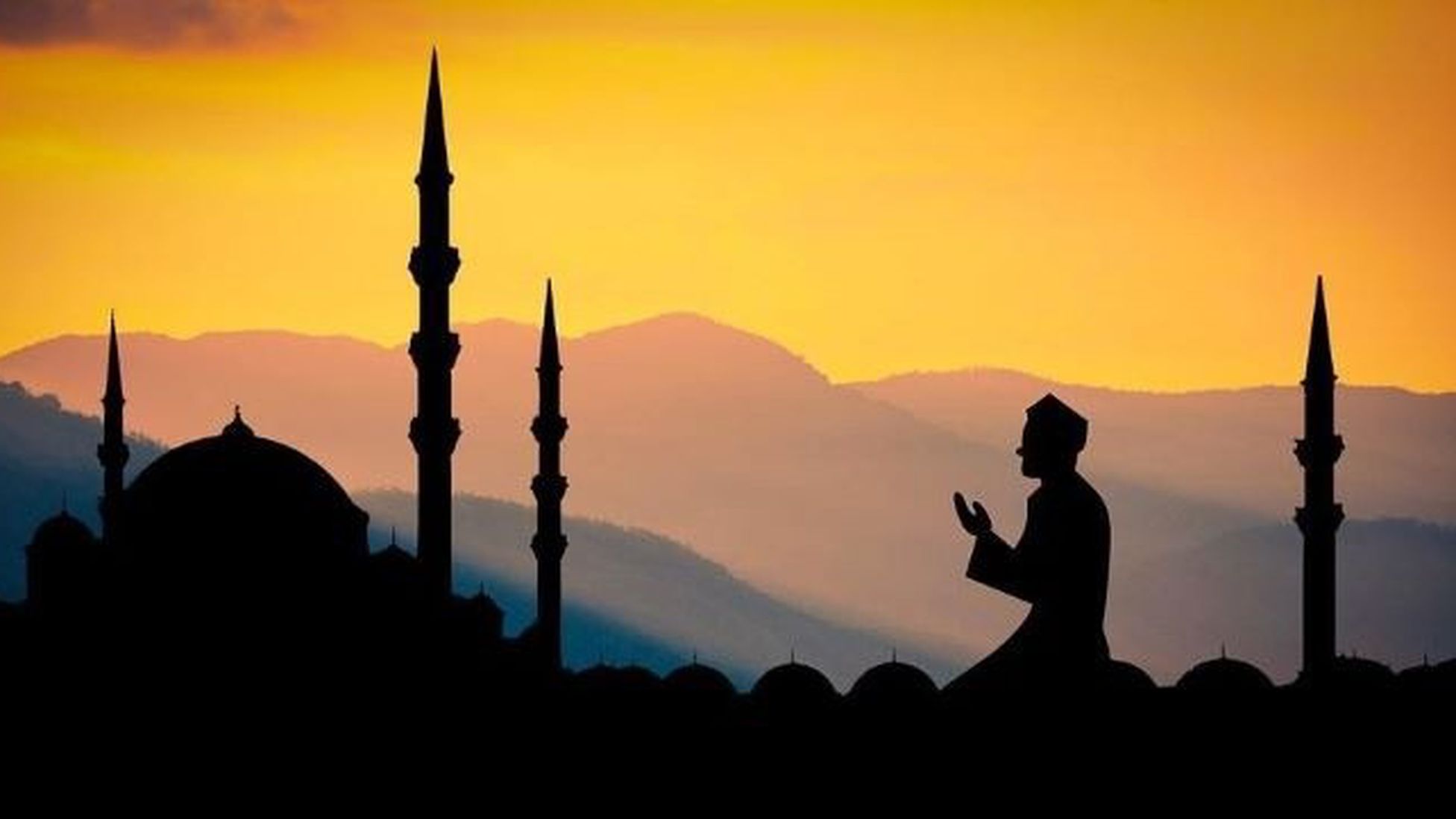

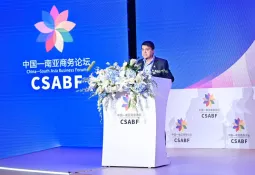

Comment / Rely From